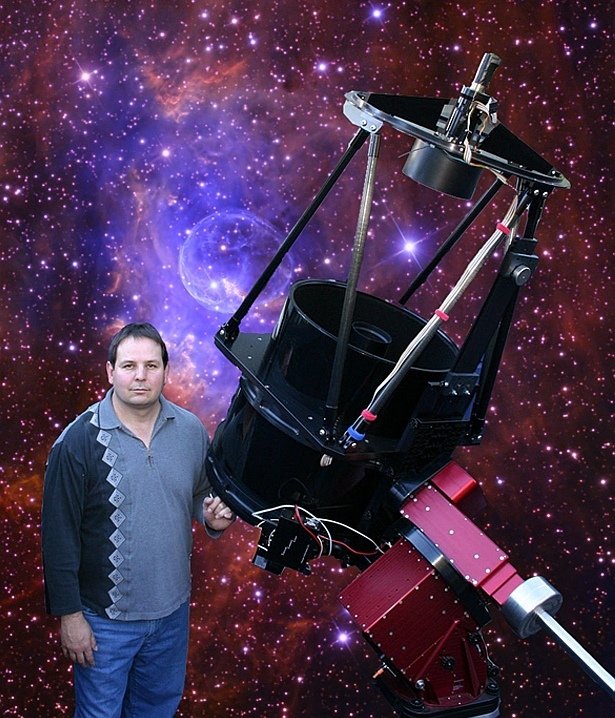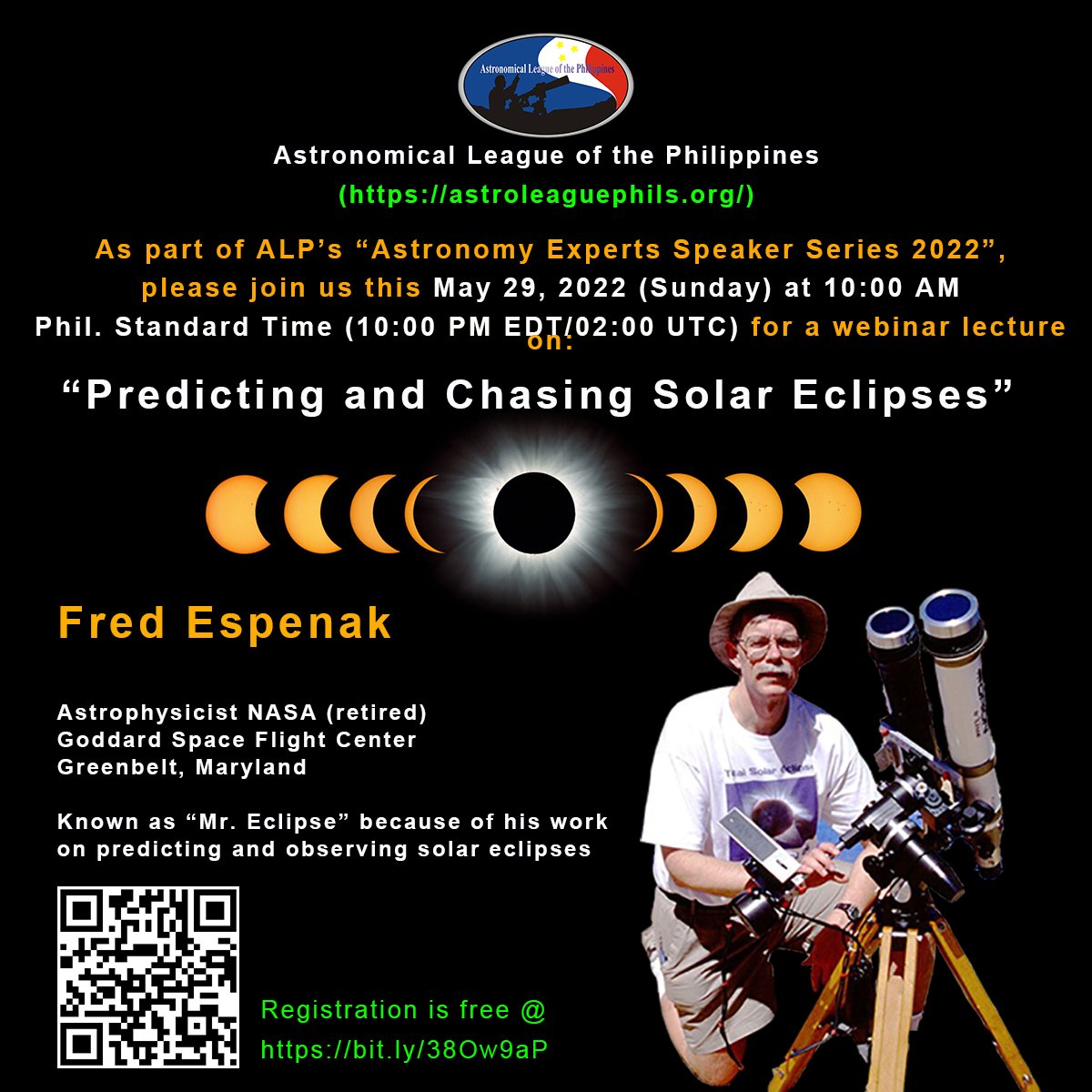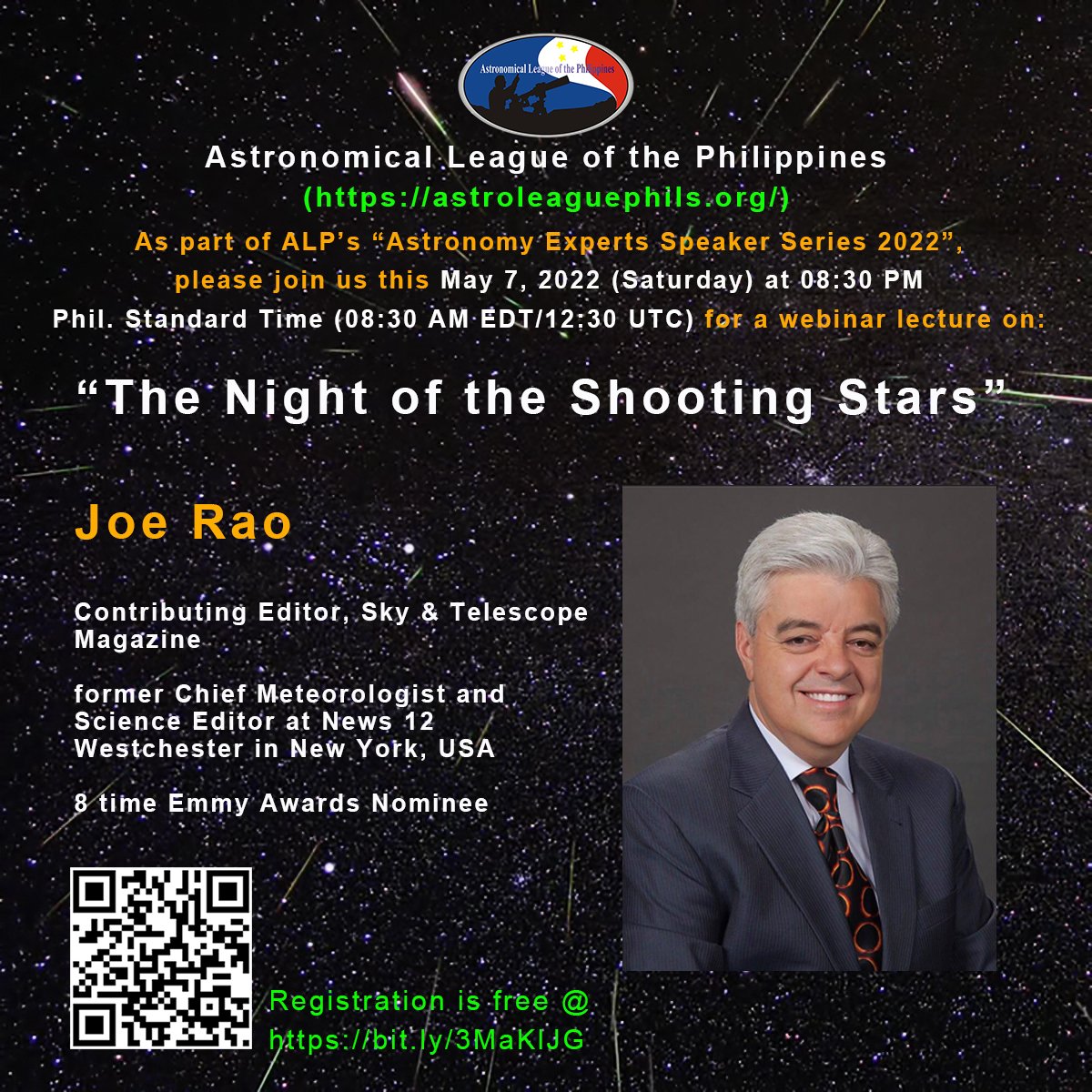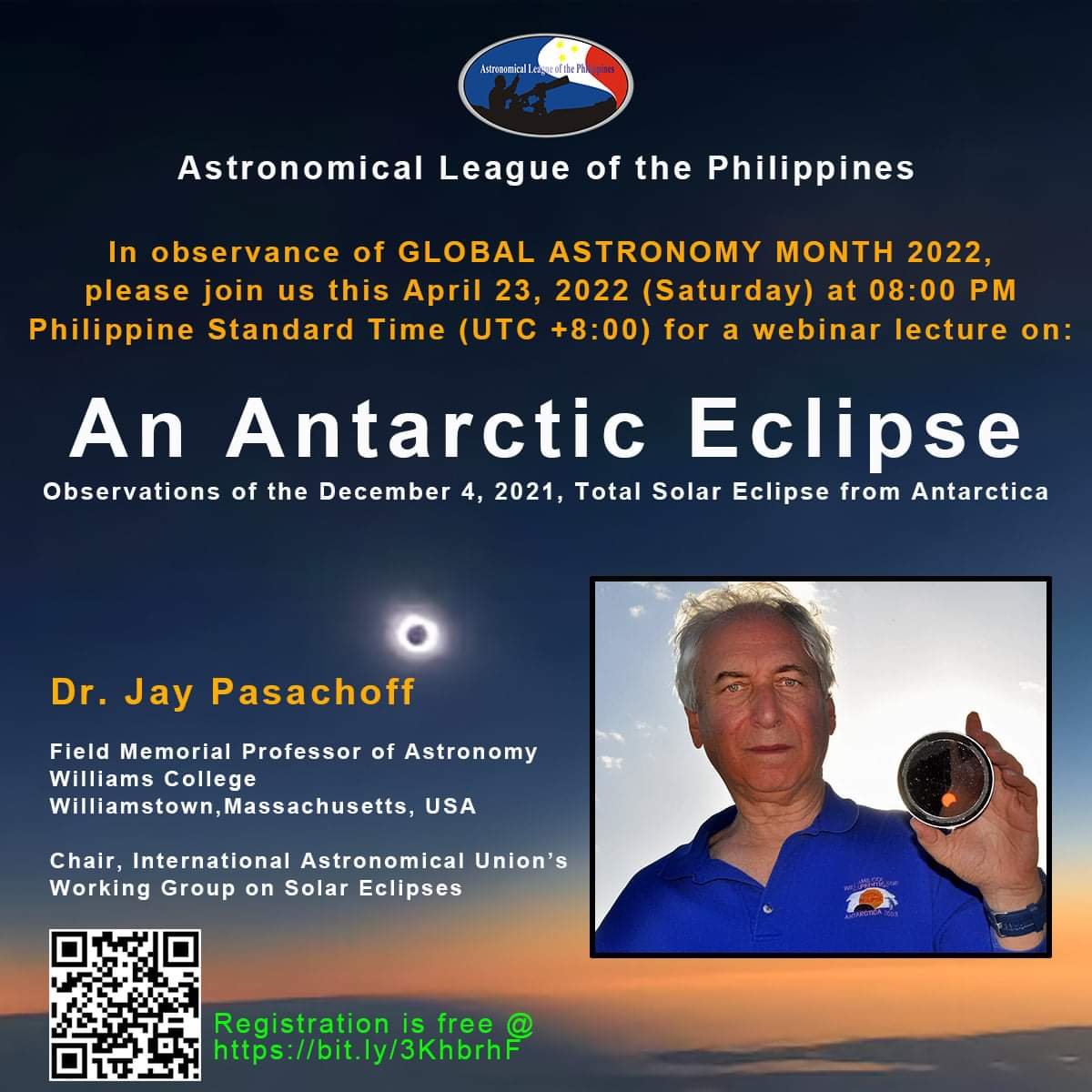The Astronomical League of the Philippines would like to invite you to a very timely and relevant webinar, “Turning the Telescope Back on Earth: The Challenges of Living on a Warming Planet”, on September 24, 2022 (Saturday), 8:30 PM Philippine Standard Time (12:30 UTC, 8:30 AM EDT).
This webinar will be given by Mathew Barlow. He is a Professor of Climate Science at the University of Massachusetts Lowell. His expertise is on large-scale climate variability and climate change. Prof. Matt Barlow is one of the lead authors in the 2021 United Nations Intergovernmental Panel on Climate Change (IPCC) Sixth Assessment Report.
Abstract:
We have all been hearing in the news about global warming and climate change. Prof. Matt Barlow will give us an overview from the perspective of planetary science, starting with an introduction to a planet’s “energy balance,” which represents the movement of heat energy from the Sun and the planet’s core into its atmosphere, as well as the loss of that heat into space. He will compare the energy balance of Earth to other planets and consider the role of different types of atmospheres. That information is then used to take a brief, 4-billion-year tour of how Earth’s climate has evolved from both natural and human-caused changes to its atmosphere. Prof. Barlow will also survey the current and future impacts due to these changes, both globally and for a tropical country and island nation like the Philippines, in terms of heat waves, droughts, heavy rainfall and flooding, super typhoons, and rising sea levels. Finally, he will discuss what we can do about it and lay out a roadmap for action.

















